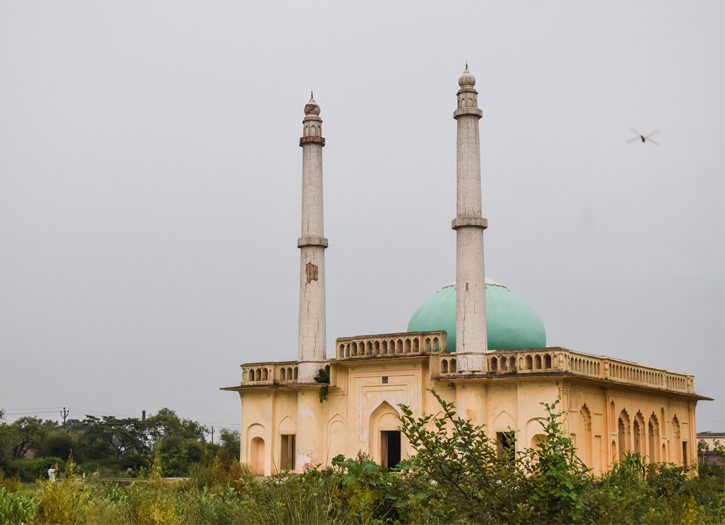The COVID-19 pandemic in India is part of the worldwide pandemic of coronavirus disease 2019 (COVID-19) caused by severe acute respiratory syndrome coronavirus 2 (SARS-CoV-2). The first case of COVID-19 in India, which originated from China, was reported on 30 January 2020. India currently has the largest number of confirmed cases in Asia, and has the third highest number of confirmed cases in the world after the United States and Brazil. India’s case fatality rate is relatively lower at 2.80%, against the global 4.7%, as of 6 July.
On 22 March, India observed a 14-hour voluntary public curfew at the instance of the prime minister Narendra Modi. It was followed by mandatory lockdowns in COVID-19 hotspots and all major cities. Further, on 24 March, the Prime Minister ordered a nationwide lockdown for 21 days, affecting the entire 1.3 billion population of India. On 14 April, the PM extended the nationwide lockdown till 3 May which was followed by two-week extensions starting 3 and 17 May with substantial relaxations. From 1 June, the Government has started “unlocking” the country (barring “containment zones”) in three unlock phases.
The United Nations (UN) and the World Health Organization (WHO) have praised India’s response to the pandemic as ‘Comprehensive and robust,’ terming the Lockdown restrictions as aggressive but vital for containing the spread and building necessary healthcare infrastructure. The Oxford COVID-19 Government Response Tracker (OxCGRT) noted the government’s swift and stringent actions, emergency policy making, emergency investment in healthcare, fiscal stimulus, investment in vaccine and drug R&D. It gave India a score of 100 for its strict response.
The outbreak has been declared an epidemic in more than a dozen states and union territories, where provisions of the Epidemic Diseases Act, 1897 have been invoked, leading to the temporary closure of educational and commercial establishments. All tourist visas have been suspended, as a majority of the confirmed cases were mainly imports. On 30 May, it was announced that lockdown restrictions were to be lifted from then onwards, while the ongoing lockdown would be further extended till 30 June for only the containment zones. Services would be resumed in a phased manner starting from 8 June.
On 4 April, the Government of India banned the export of hydroxychloroquine “without any exception”, to stockpile supplies for domestic use. The United States, which imports half its supply of the drug from India and expects to use it for treating COVID-19 patients, grew concerned. The US President Donald Trump called Prime Minister Modi the next day, and hinted at possible retaliation in a press conference. India agreed to allow its export on “humanitarian grounds”.Apart from the US, India had outstanding orders for hydroxychloroquine from some 30 countries, including Brazil, Spain, France, UK, Germany, Australia, the Gulf countries and the SAARC neighbours. The decision to partially lift the ban preceded President Trump’s comment on possible retaliation.
On 16 April, 650,000 rapid antibody test and RNA extraction kits were dispatched from China, and over 2 million kits were to be sent in next 15 days. On 21 April, Health department of West Bengal alleged that large number of testing kits supplied by ICMR-NICED (National Institute of Cholera and Enteric Diseases) were giving inconclusive results. ICMR-NICED admitted that there was problem in the kits and said that they are addressing the issue. While Rajasthan stopped using rapid testing kits as they were giving low accuracy of 5.4% in compared to expected 90% accuracy. Later, ICMR advised all states to stop using rapid testing kits for next two days until their on-ground teams validates these kits.
On 19 March, Delhi chief minister Arvind Kejriwal announced the closure of all restaurants in the capital by 31 March in view of the ever increasing case of coronavirus. He said that there will be a ban on eating in restaurants but food delivery will continue. He also said that 20 or more people will not be allowed to unite anywhere in the state.







Add Comment